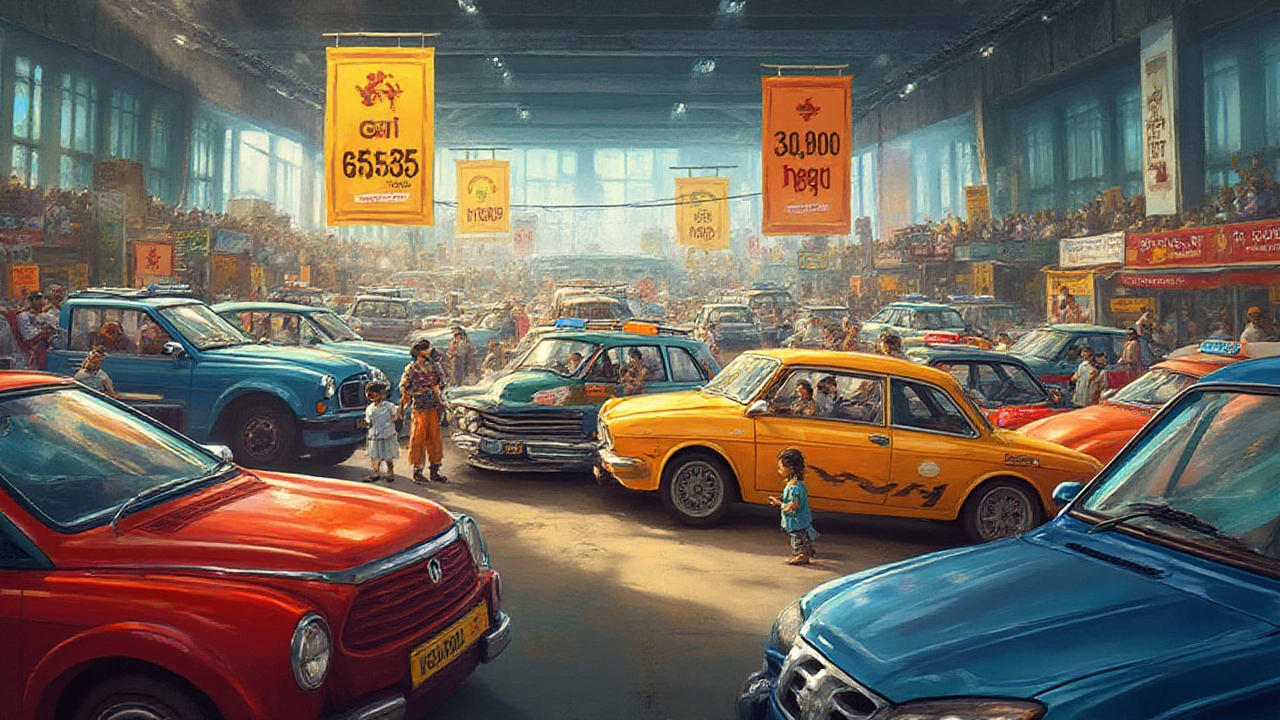
Why Are Indian Cars Expensive? Uncovering the Reasons Behind High Car Prices
Ever wondered why Indian cars cost a fortune? Dive into real reasons—taxes, manufacturing limits, business policies, and market trends—that drive up car prices in India.
When talking about Indian cars, passenger vehicles manufactured or sold in India that often carry a price tag higher than comparable models abroad, most people wonder what pushes the numbers up. The short answer is that a mix of heavy automobile taxes, rising GST, cess and state levies on each vehicle, steep manufacturing costs, and hefty import duties on key components like engines, electronics and safety equipment creates a price ladder that feels steep to buyers. In plain terms, the car’s final price is the sum of every tax, fee, and cost that manufacturers pass on.
First, why Indian cars expensive is largely a tax story. The Goods and Services Tax (GST) on a new sedan sits around 28%, and many state governments tack on additional road‑tax or registration fees. On top of that, luxury‑car cess can add another 10‑30% for premium models. These percentages are applied to the ex‑showroom price, so the tax burden compounds quickly.
Second, manufacturing in India is not cheap despite a reputation for low labor costs. Factories need to import high‑tech parts – think advanced safety sensors, infotainment modules and emission‑control units – because domestic suppliers can’t yet meet the same quality standards. Those imports hit the import duties, which range from 5% to 30% depending on the component. The duty adds directly to the bill of materials, raising the base cost before taxes even enter the picture.
Third, regulatory compliance adds another layer. Indian safety standards (like crash‑test requirements) and emission norms (BS‑VI) demand extra engineering and testing, which manufacturers embed in the price. While these rules improve road safety and air quality, they also mean manufacturers spend more on R&D, tooling and certification – costs that are ultimately reflected in the showroom sticker.
Finally, the market dynamics matter. Indian consumers still expect a high level of features – automatic transmissions, touchscreen infotainment, advanced driver‑assist systems – even in mid‑range models. To meet that demand, automakers source premium components, and the price follows. Combine that with a relatively low average disposable income, and the perception of “expensive” becomes even stronger.
All these elements are intertwined: heavy taxes amplify manufacturing and import expenses, while stricter regulations push up the baseline cost. The result is a pricing structure where each factor feeds into the next, creating a loop that keeps Indian car prices high.
Below you’ll find deeper dives into each of these drivers, real‑world examples of how they affect specific models, and practical tips for buyers looking to navigate the cost landscape. Let’s unpack the details and see what you can do to get the best value in a market where every rupee counts.

Ever wondered why Indian cars cost a fortune? Dive into real reasons—taxes, manufacturing limits, business policies, and market trends—that drive up car prices in India.